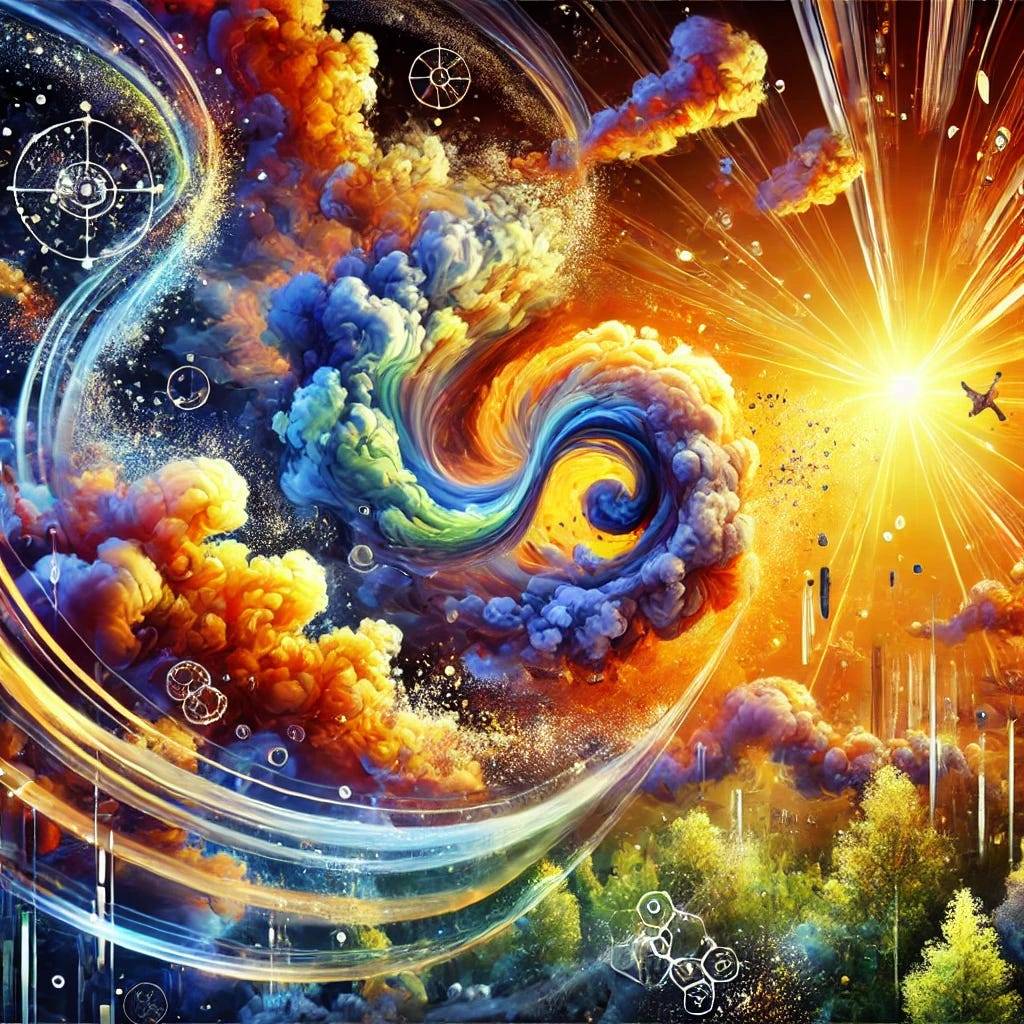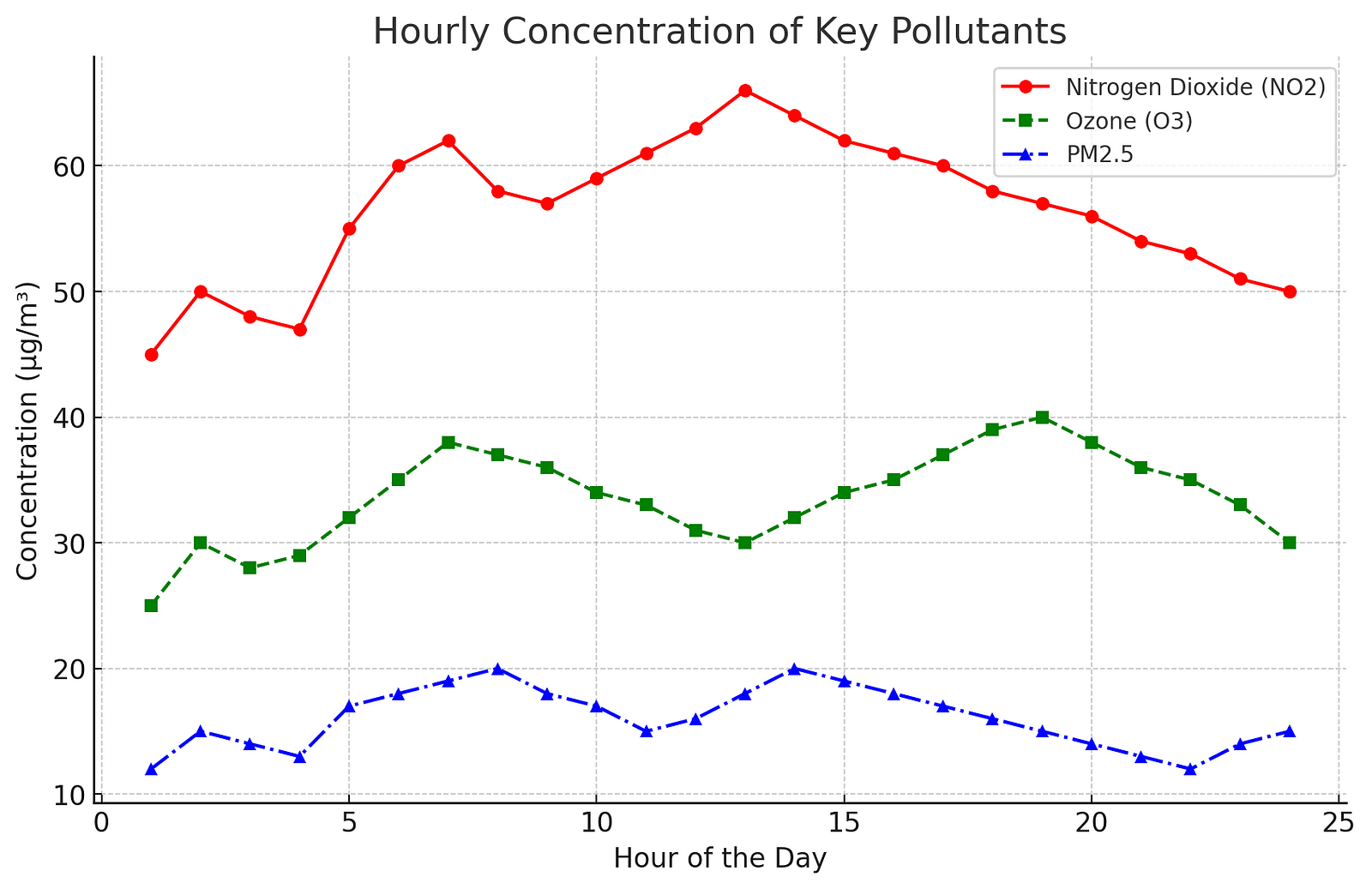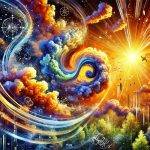
The air around us tells stories — some uplifting, many cautionary. When it’s full of pollutants like nitrogen dioxide, ozone, and particulate matter, those stories become more urgent. Yet predicting how these pollutants behave has long been a complicated puzzle. This is where deep learning strides in, not as a mere tool but as a transformative ally. Picture using the chaotic dance of the weather to anticipate tomorrow’s smog blanket. New research unpacks how a specific proof-of-concept takes deep learning to new heights to forecast pollution with unprecedented precision, as demonstrated by its ability to accurately predict nitrogen dioxide and ozone levels in real-time testing scenarios.
The real genius here isn’t just about running algorithms — it’s in using the strengths of Long Short-Term Memory (LSTM) and Gated Recurrent Units (GRU) to capture the essence of pollution’s ephemeral nature. Just like grasping the difference between smoke lingering after a campfire and mist rolling through valleys, LSTMs and GRUs learn to trace intricate relationships between pollutants, temperature, and winds by leveraging their ability to remember relevant information over long periods, capturing temporal dependencies in the data.
Forecasting Smog: An Atmospheric Symphony
Weather forecasting systems are like delicate orchestras; they harmonize physics, chemistry, and a whirlwind of data. For example, traditional models use atmospheric equations to simulate how temperature, humidity, and wind interact over time to predict weather patterns. Traditional methods used numerical models grounded in atmospheric physics, but this came at a computational price. Enter deep learning. Neural networks extract secrets from past data — finding relationships that might be invisible to even the sharpest meteorologist. This deep learning experiment focuses on a hierarchical GRU structure, something akin to a conductor leading sections of the orchestra, each focusing on one instrument — in this case, pollutants and meteorological variables.
This is more than just technical wizardry. It’s about finally untangling which pollutants lean on each other — like nitrogen dioxide giving birth to ozone under sunlight, or how particulate matter swirls in lockstep with the winds. In an era where each unbreathable day costs public health dearly, forecasting means forewarning, and perhaps even a chance to pivot.
The Deep Network Revolution in Air Quality
Data is the oxygen that breathes life into machine learning, and for this project, datasets spanning years were mined. From weather stations in Utrecht and Breukelen, data on pollutants such as nitrogen dioxide, ozone, PM10, and PM2.5, along with meteorological parameters like temperature, wind speed, and humidity, came together like pieces in a massive jigsaw puzzle. Each hour contributed its unique twist: was it raining? Was the temperature rising or falling? How quickly was the wind blowing, and from where?
Using hierarchical neural networks was key. These models didn’t just aim to forecast a single element like ozone or fine particulate matter; they understood the interconnections, layering knowledge about chemistry with atmospheric movement. Think of it like knitting — only, instead of wool, these networks intertwined air pressure, radiation, and pollutant levels. The elegance was that the system learned over time, discovering how the invisible threads connected.
The following graph illustrates the hourly concentrations of key pollutants — Nitrogen Dioxide (NO2), Ozone (O3), and PM2.5 — highlighting their fluctuations and interdependent dynamics throughout a typical day.

Making Sense of the Invisible Chaos
To put it plainly: smog is not a solitary beast. It’s a constantly shifting mosaic, with each pollutant jostling for space and sometimes transmuting into something else entirely. The hierarchical GRU and LSTM models here recognize this dance and provide specific predictions on pollutant concentrations, their interactions, and how these levels will change over time, offering actionable insights for public health planning. The outcomes of this study are not about perfection — predicting smog will always be a little chaotic. But these models offer a significant step toward accuracy, paving the way for local governments and citizens to plan ahead.
And that’s the point. The idea isn’t to scare us into staying indoors but to empower communities, cities, and policymakers. If we know the toxic soup is coming, we can, at the very least, protect the vulnerable, and at best, change the conditions that create it.
The Sun’s Secret Role in Ozone Generation
You might think ozone just floats around passively, but when sunlight hits nitrogen oxides, a chemical dance begins. It’s a complex relationship where solar photons split and transform molecules, creating ozone right before our eyes. Without sunlight, this chain of reactions breaks, and ozone levels drop dramatically.
Nighttime Dynamics of Nitrogen Dioxide
It’s counterintuitive, but the absence of sunlight doesn’t mean the end of nitrogen dioxide’s story. Instead, during nighttime, NO2 can react with ozone, reducing its concentration, which alters air quality dynamics. The quietness of night hides an entire bustling chemistry scene.
Wind’s Dual Role as Carrier and Diffuser
Air isn’t just still; it constantly moves and mixes. Wind acts as both a distributor of pollutants and, paradoxically, a natural cleaner. It pushes pollutants away from concentrated areas, redistributing them, but also makes forecasting tough due to its unpredictability.
Particulate Matter’s Chemistry Twist
Fine particulates (PM2.5) can change their composition while suspended in the air. If the weather changes from humid to dry, particulate matter might absorb or lose water content, altering its chemical impact. PM2.5 is never just one thing — it’s a shape-shifter.
Interplay Between Pollutants
One of the most surprising findings is how some pollutants feed each other, which is unexpected because these interactions can both amplify and mitigate pollution levels, complicating control efforts. Nitrogen dioxide, for example, helps ozone form during the day, only to turn around and destroy it at night. These fluctuating relationships highlight why air quality forecasting must be a continuous, dynamic model.
Towards Cleaner Horizons
We stand on the brink of a technological leap in how we understand pollution and, ultimately, how we address it. Deep learning, applied in the way this study outlines, gives us not only the ability to predict smog but to understand its origins, its travel patterns, and its lifecycle. It’s about much more than just putting numbers to pollutants; it’s about giving people the power to reclaim breathable air. We can reduce not just emissions but their impact — an essential hope for cities struggling under a murky haze. The future is not set in stone; it’s programmable, malleable, and potentially clearer than ever.
About Disruptive Concepts
Welcome to @Disruptive Concepts — your crystal ball into the future of technology. 🚀 Subscribe for new insight videos every Saturday!
See us on https://twitter.com/DisruptConcept
Read us on https://medium.com/@disruptiveconcepts
Enjoy us at https://www.disruptive-concepts.com
Whitepapers for you at: https://disruptiveconcepts.gumroad.com/l/emjml







